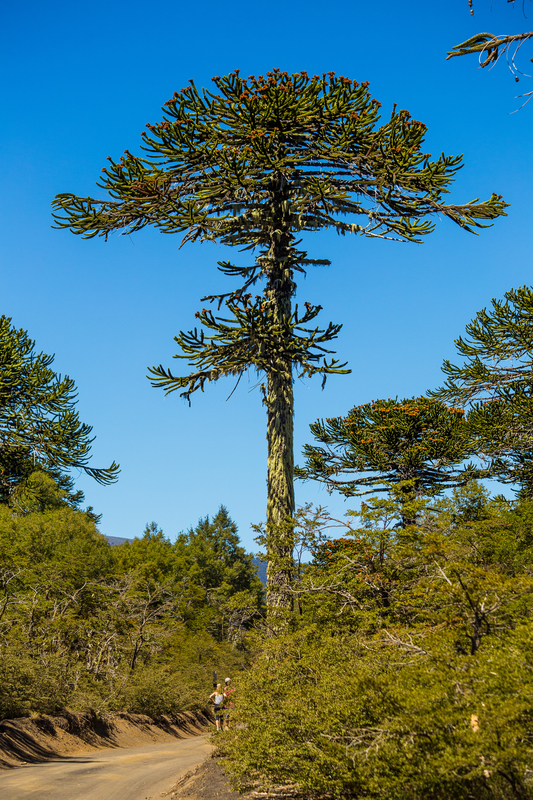Description
The dragon blood tree has a unique and strange appearance, with an “upturned, densely packed crown having the shape of an uprightly held umbrella”. This evergreen species is named after its dark red resin, which is known as “dragon’s blood”. Unlike most monocot plants, Dracaena displays secondary growth, D. cinnabari even has growth zones resembling tree rings found in dicot tree species. Along with other arborescent Dracaena species it has a distinctive growth habit called “dracoid habitus”. Its leaves are found only at the end of its youngest branches; its leaves are all shed every 3 or 4 years before new leaves simultaneously mature. Branching tends to occur when the growth of the terminal bud is stopped, due to either flowering or traumatic events (e.g. herbivory).
Its fruits are small fleshy berries containing between 1 and 4 seeds. As they develop they turn from green to black, and then become orange when ripe. The berries are eaten by birds (e.g. Onychognatus species) and thereby dispersed. The seeds are 4–5 mm in diameter and weigh on average 68 mg.[4] The berries exude a deep red resin, known as dragon’s blood.
Like other monocotyledons, such as palms, the dragon’s blood tree grows from the tip of the stem, with the long, stiff leaves borne in dense rosettes at the end (4, 5, 7). It branches at maturity to produce an umbrella-shaped crown, with leaves that measure up to 60 cm long and 3 cm wide. The trunk and the branches of the dragon blood are thick and stout and display dichotomous branching, where each of the branches repeatedly divides into two sections.

